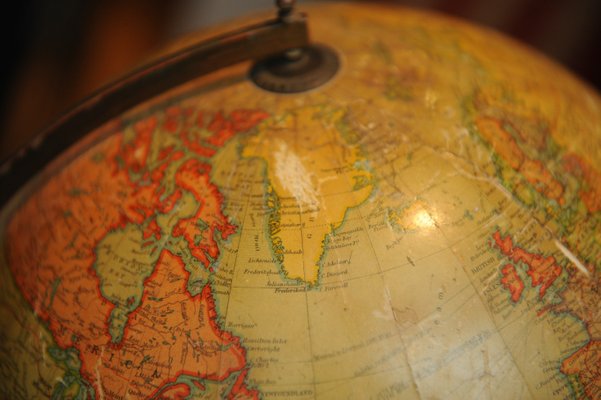geography

Geography is the group of sciences concerned with the surface of Earth, including the distribution of life upon it, its physical structures, etc. Geography relies on surveying and mapping, and modern cartography (mapmaking) has rapidly adapted to the new needs if geography as it advances and develops.
Biogeography is concerned with the distribution of life, both plant and animal (including man), about our world. It is thus clearly intimately related to biology and ecology. Economic geography describes and seeks to explain the patterns of the world's commerce in terms or production, trade, transportation, and consumption. Mathematical geography deals with the size, shape, and motions of the Earth, and is thus linked with astronomy (see also geodesy). Physical geography deals with the physical structures of Earth, also including climatology and oceanography, and is akin to physical geology. Political geography is concerned with the world as nationally divided; regional geography with the world in terms of regions separated by physical rather than national boundaries. Historical geography deals with the geography of the past; paleogeography at one level, exploration or past political change or settlement at another. Applied geography embraces the applications of all these branches to the solution of socioeconomic problems. Its divisions include urban geography and social geography; and it contributes to the science of sociology.
Development of geography
Geography had its origins in the Greek attempts to understand the world in which they found themselves. Once it was realized that the Earth was round, the next step was to estimate its size. This was achieved in the 3rd century BC by Eratosthenes. The classical achievement in geography, like that in astronomy, was summed up by Claudius Ptolemy. His world map was used for centuries.
Geographical knowledge next leapt forward in the age of exploration that opened with the voyages of Dias and Columbus. The seventeenth century saw continuing discovery and greatly improved methods of survey. The earliest modern geographical treatises, including that of Varenius, also appeared in this era. The nineteenth century brought with it the works of Friedrich Humboldt and Karl Ritter, the former stressing physical and systematic geography, the latter the human and historical aspects of the science. Encompassing so many different studies, geography since the mid-19th century has become a battleground for the strife between different schools of geographers. While some have encouraged a regional approach, others have preferred to develop a landscape-concept. Others have stressed the study of the physical environment while still others have concentrated on political and economic factors. A recent group to come to the fore favors the collection of precise numerical data. With this they try to build mathematical models of geographic phenomena.


